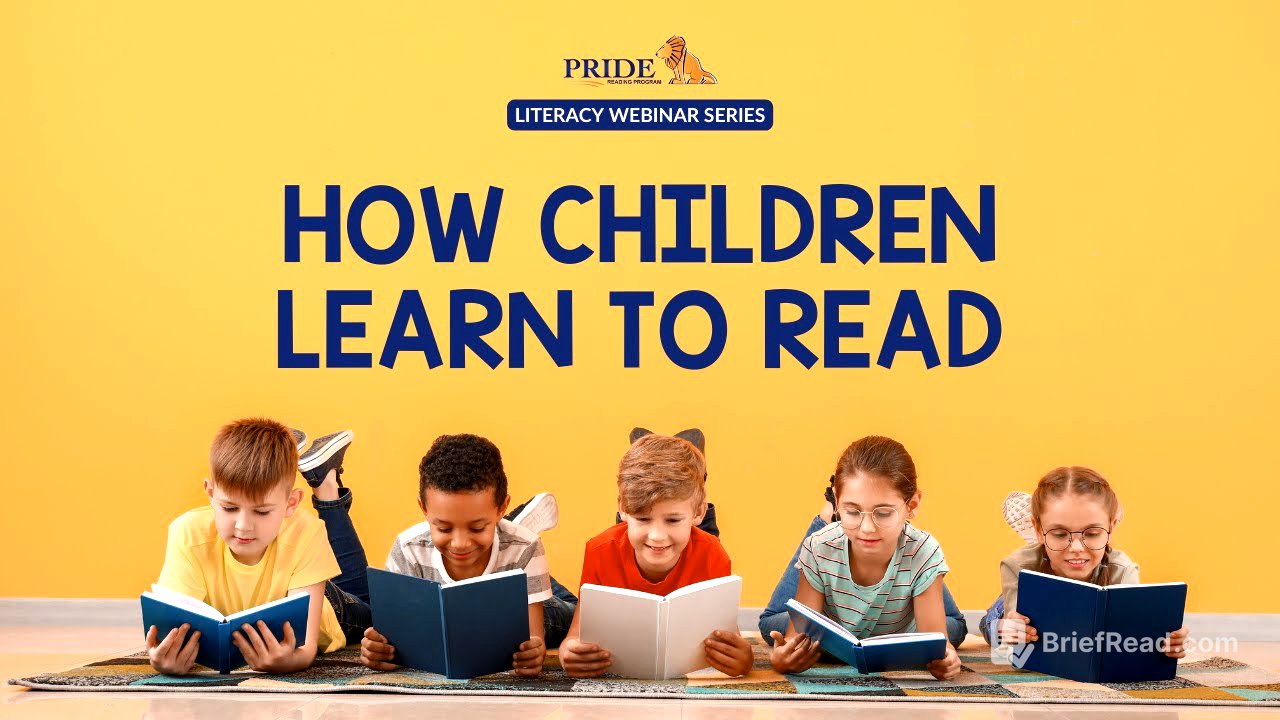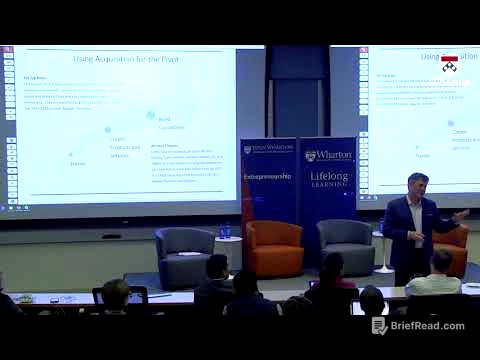TLDR;
This webinar explains how children learn to read, emphasizing the importance of phonological awareness, letter-sound knowledge (phonics), and consistent practice within a supportive environment. It highlights the sequential and systematic nature of effective phonics instruction, building from basic to advanced concepts.
- Phonological awareness is the foundation of reading.
- Phonics instruction should be systematic, sequential, cumulative, and explicit.
- Regular practice and a positive environment are crucial for developing strong reading skills.
Introduction [0:00]
The webinar introduces the topic of how children learn to read, a fundamental skill taught early in education. It acknowledges that while reading seems innate to many adults, teaching it requires understanding the underlying processes. The session aims to explore these processes to aid in teaching or raising children.
Phonological Awareness [0:39]
Children begin learning to read with phonological awareness, which involves recognizing and manipulating sounds in words. This skill is foundational, enabling children to rhyme, break up syllables, and blend sounds. Activities to develop phonological awareness include rhyming exercises using stories and poems, and syllable identification through clapping.
Phonemic Awareness [2:00]
Phonemic awareness is the ability to hear and separate individual sounds in spoken words. Activities include identifying the first or last sound in a word, removing a sound from a word, and changing a sound to create a new word. Mastering these pre-reading skills is crucial for later reading and spelling success.
Letters and Sounds (Phonics) [2:43]
Learning letters and their corresponding sounds is essential for reading education. A clear understanding of the alphabet helps children piece words together and pronounce them correctly. Phonics connects letters with sounds, enabling students to decode and spell words. Effective phonics instruction is systematic, sequential, cumulative, and explicit, building from simple to complex concepts like consonant sounds, short vowels, digraphs, blends, long vowels, syllable patterns, and affixes.
Practice and Encouragement [4:16]
Regular practice and encouragement are vital for learning to read. Consistent practice helps children master key concepts and develop a lifelong reading habit. Creating a patient, understanding, and positive environment supports children through the potentially frustrating early stages of learning to read.
Conclusion [4:50]
The webinar concludes by thanking the audience and providing resources for further learning about how children learn to read, including The Pride Reading Program website and social media channels.






![How Doctor Who's Missing Episodes Came Back [Part 2]](https://wm-img.halpindev.com/p-briefread_c-10_b-10/urlb/aHR0cDovL2ltZy55b3V0dWJlLmNvbS92aS9LTldtRkpDMTFEcy9ocWRlZmF1bHQuanBn.jpg)


